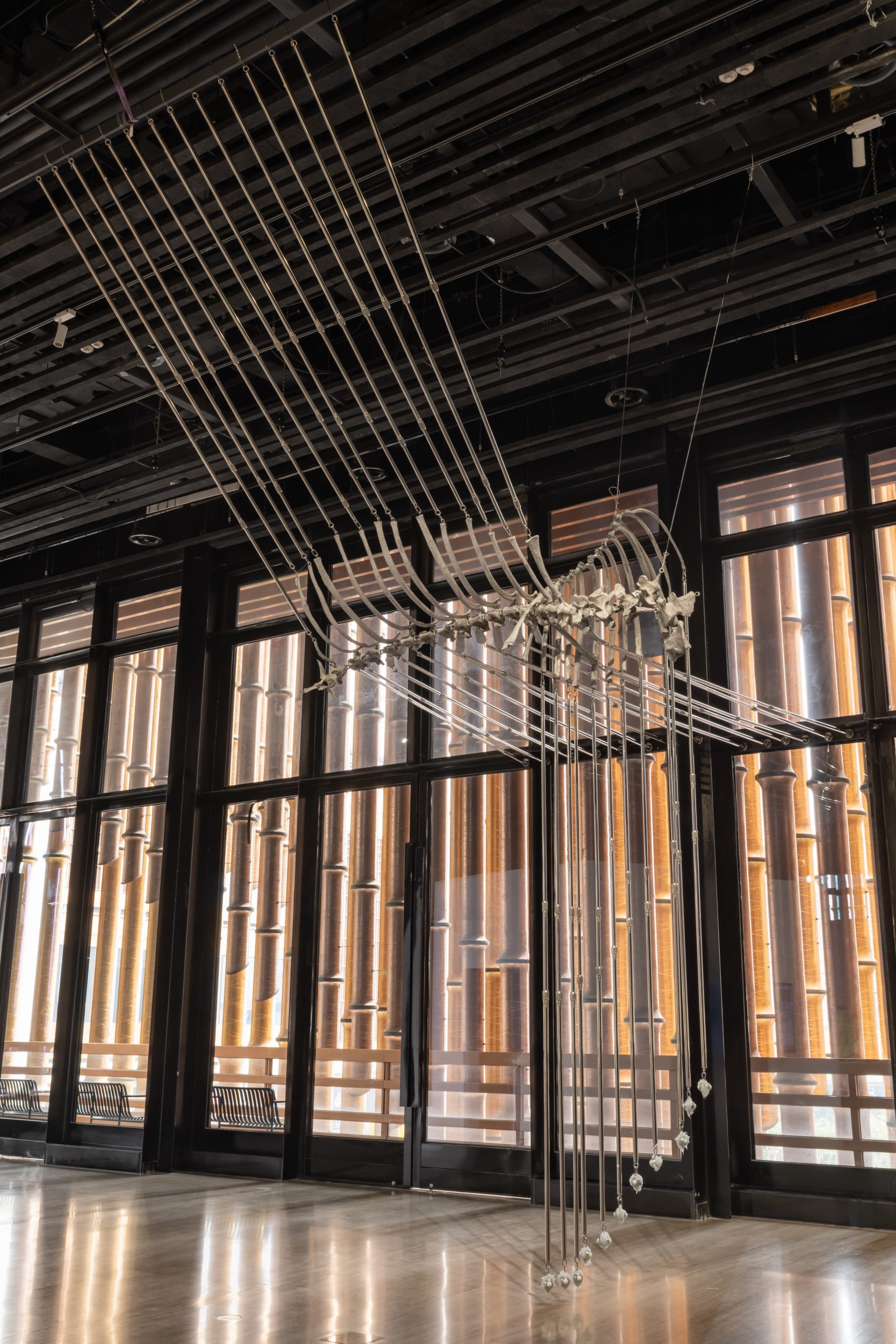
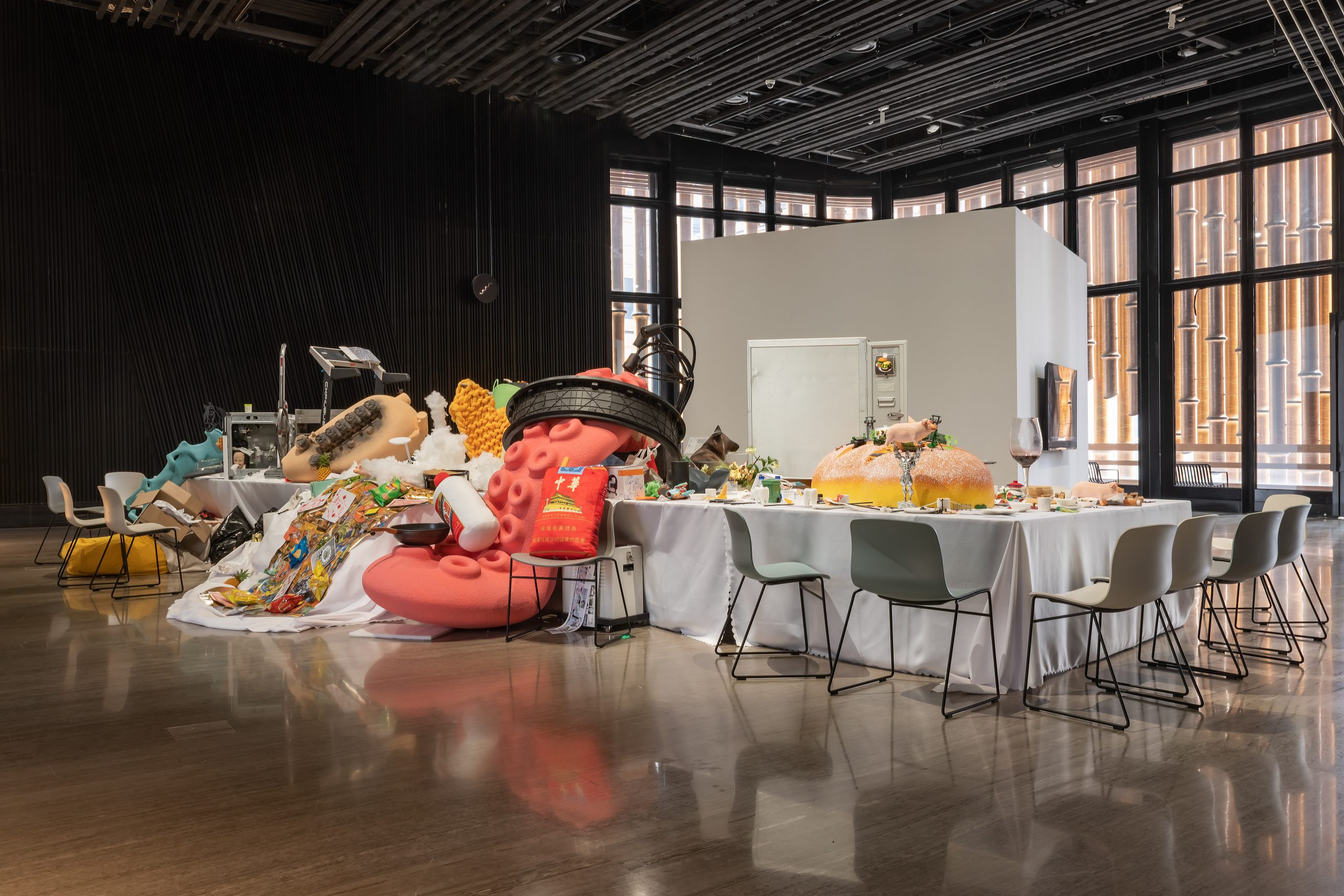
On March 30, 2023, the group exhibition Demonstration: The Art of Decision-Making Techniques, curated by Xu Zhen, opened to the public at Fosun Foundation, Shanghai. The exhibition presents the innovative new media practices of fifteen artists: Shi Zheng, Li Hanwei, Wang Ziquan, Payne Zhu, Fang Yang, Fei Yining, Bian Yunxiang, Feng Zhixuan, Shan Liang, Tian Yi, Li Xindi, Andrea Muniáin, Lauren Lee McCarthy, Paul Chan, and Tala Madani, and will be on view until May 14. This dialogue, involving more than twenty works in film, video, installation, and mixed media, shows how a new generation of young Chinese and international artists is combining their own interests and fields of research, working within the entirely new contexts and challenges of algorithms, artificial intelligence, and virtual worlds, using technology to reflect on technology, creating, inventing, and testing their own responses and lived experiences.
In the progression of art history, technological advances have repeatedly catalyzed transformations in art—from the widespread use of synthetic paints and the invention of photography in the 19th century, to the birth and public adoption of the Internet in the 1980s, new art forms have evolved and taken shape in the shifting currents of history. In our present time of technological explosion, as new media, big data algorithms, blockchains, and artificial intelligence close in on the core of the arts with unimaginable speed, can art exert a counterforce, so that this time, technology is no longer deciding the direction of art’s development, but art is turning around and deciding technology?
Paul Virillo used cinema as an example to discuss how while technological development led to the comprehensive acceleration of modern society, it also provided people with a new aesthetic tendency, and a path distinct from traditional art, “producing art at speed.” When we observe how cinema draws from the power of technology to produce these dynamic images removed from reality and create a sense of distraction or disorientation through illusion and vertigo that restructures people’s ways of perception, we discover that this “art produced at speed” is aimed at seeking or making up for that which has been taken away or lost due to speed. This exhibition seeks a different path, of “art produced at a speed in which speed loses all meaning,” the contemplation of how to use artistic means to loosen technology and open up possibilities for art itself.
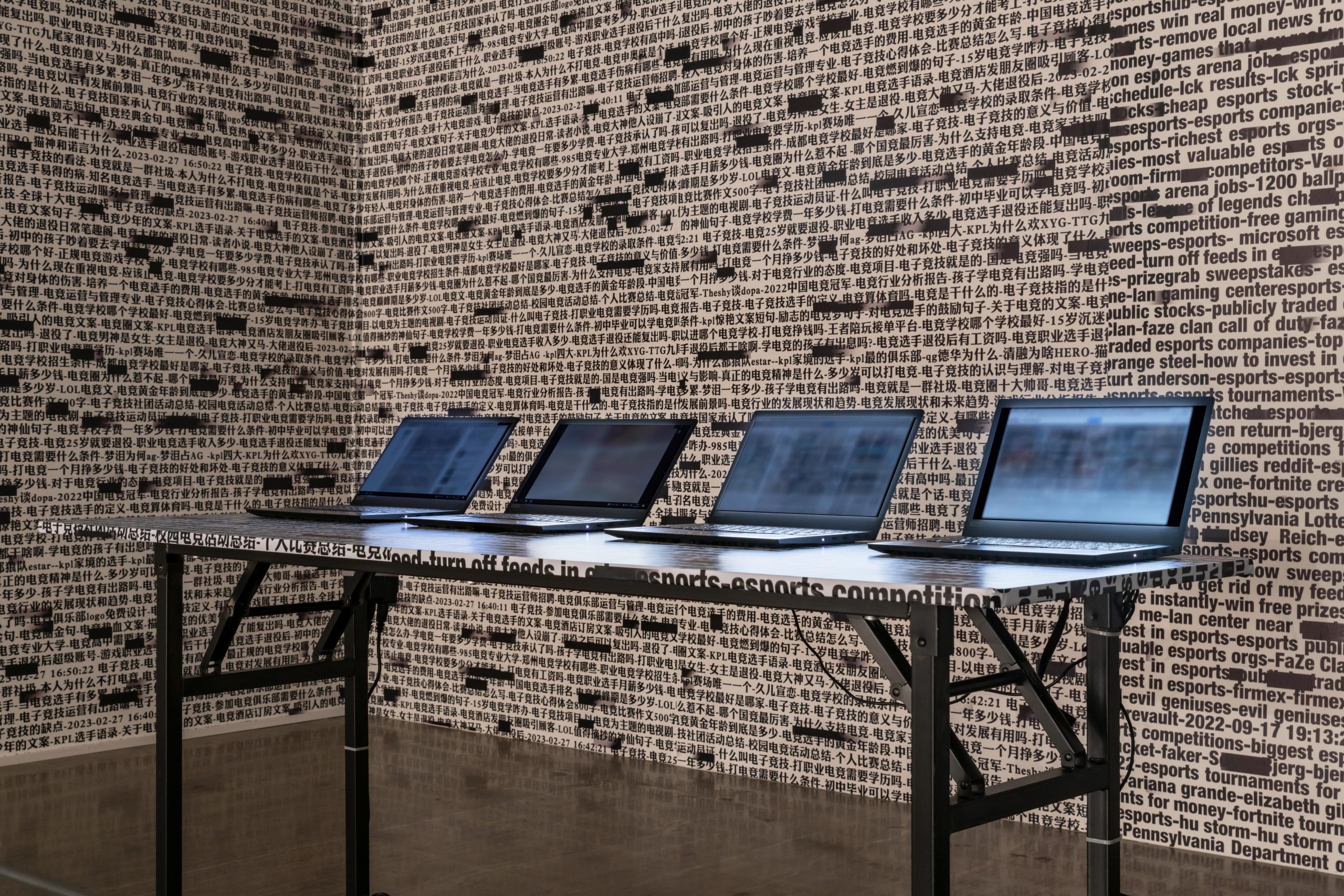
Payne Zhu, Make Bad Cookies, 2016-N
The fifteen artists in this exhibition each use their own ways to interfere with, decelerate, pause, or even cancel speed, producing a series of images distorted by technological “errors” that ultimately cannot be restored by technology, and reveal how technology and art process and contend with each other, and, more importantly, what else their entanglement can become: In Wang Ziquan’s Shadow Pandemic, amorphous characters within 3D modeling software murmur a narrative that hovers between abstraction and reality; in Payne Zhu’s Endless Debt, Reverse – Rendering, a screen is refreshed faster than it can render, creating images warped by distortions, compression loss, and freezing; Andrea Muniáin’s Reflections by Hanna Diamond uses digital technology to render visible the limitations of human vision, and details how those impossible perspectives that transcend the body are homogenizing our lines of sight. These acts which cause mutations to the expressions of technology through neutralization, destruction, and distortion, alongside the irrational sides of the technological superpowers they reveal, dredge up the heretical or somewhat divine aspects of technology, together bringing forth interfaces that cause technology and the viewer to become disoriented simultaneously.
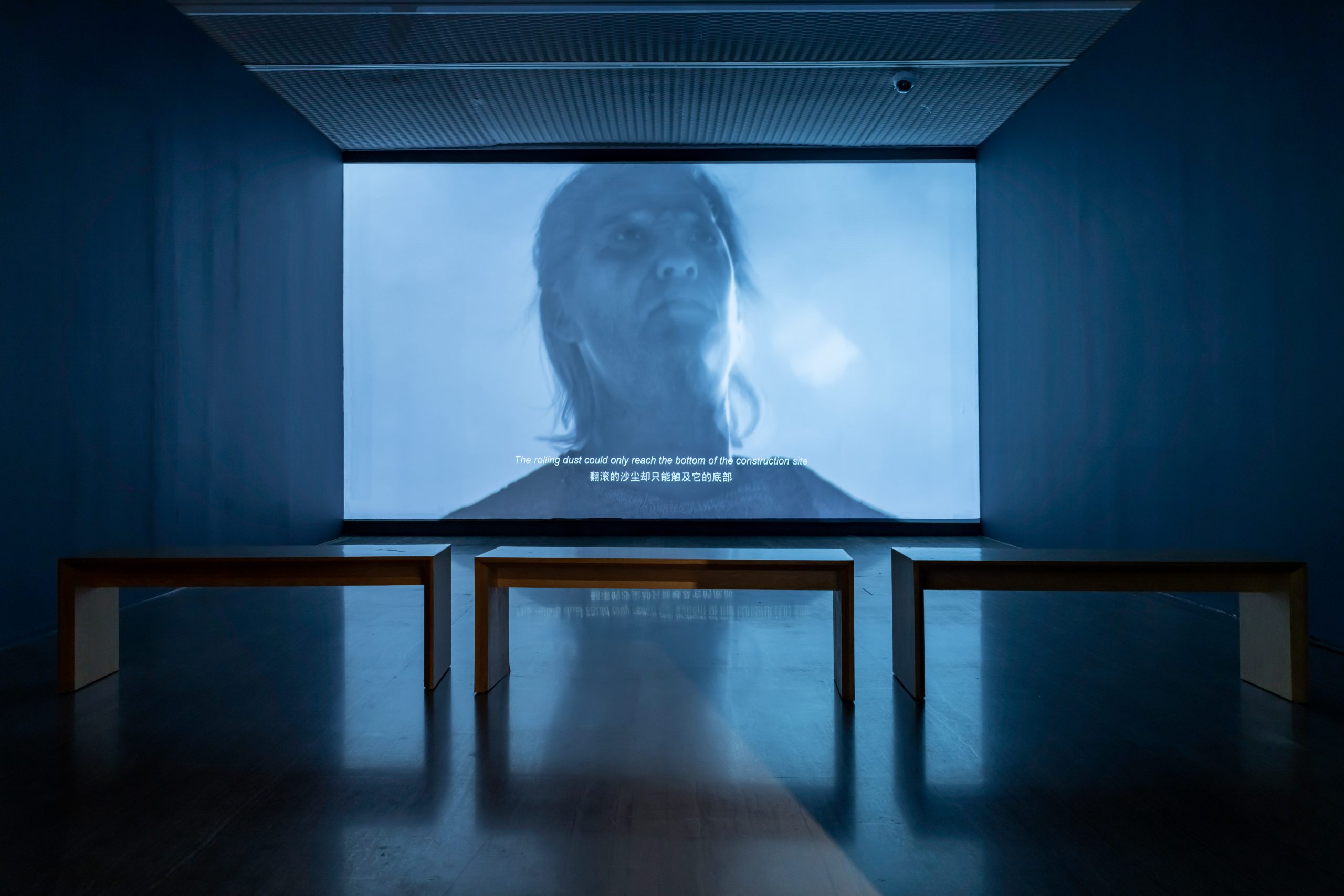
Bian Yunxiang, Arete, 2022, CGI animation
Tala Madani , Manual Man, 2018, video
Foraging in the blockchain, finding self-knowledge in software updates, and becoming art celebrities against a backdrop of viral Internet stardom, these are either a source of joy for a new generation of creators, or the social reality that they must confront, and art is the result of their real digestion of these new circumstances of human existence. In this international exhibition launched natively in China, artists from different nations, cultural contexts, and historical traditions face visual cultural and existential circumstances we all share in this era. As a group with shared collective life experience in the post-Internet age, with innate perceptions shaped by technology’s extensive permeation of everyday life, they act through art. For many new media artists, technology is a tool for artistic creation the way that the paintbrush has been a tool for so many artists throughout art history.
“Demonstration” is not an exhibition that looks forward to technology and art growing closer together. It’s main theme is still the “making of art,” the ontological exploration of art. Through the creative employment of artificial intelligence, virtual reality, real-time simulation, video, installation, and other mediums, the artists featured in this exhibition are experimenting with other possibilities for technology, reappraising the legitimacy art provides for forms of restriction or occupation, while also defending the last remaining space for those things we are gradually losing in the real world—such as love, the body, and knowledge.
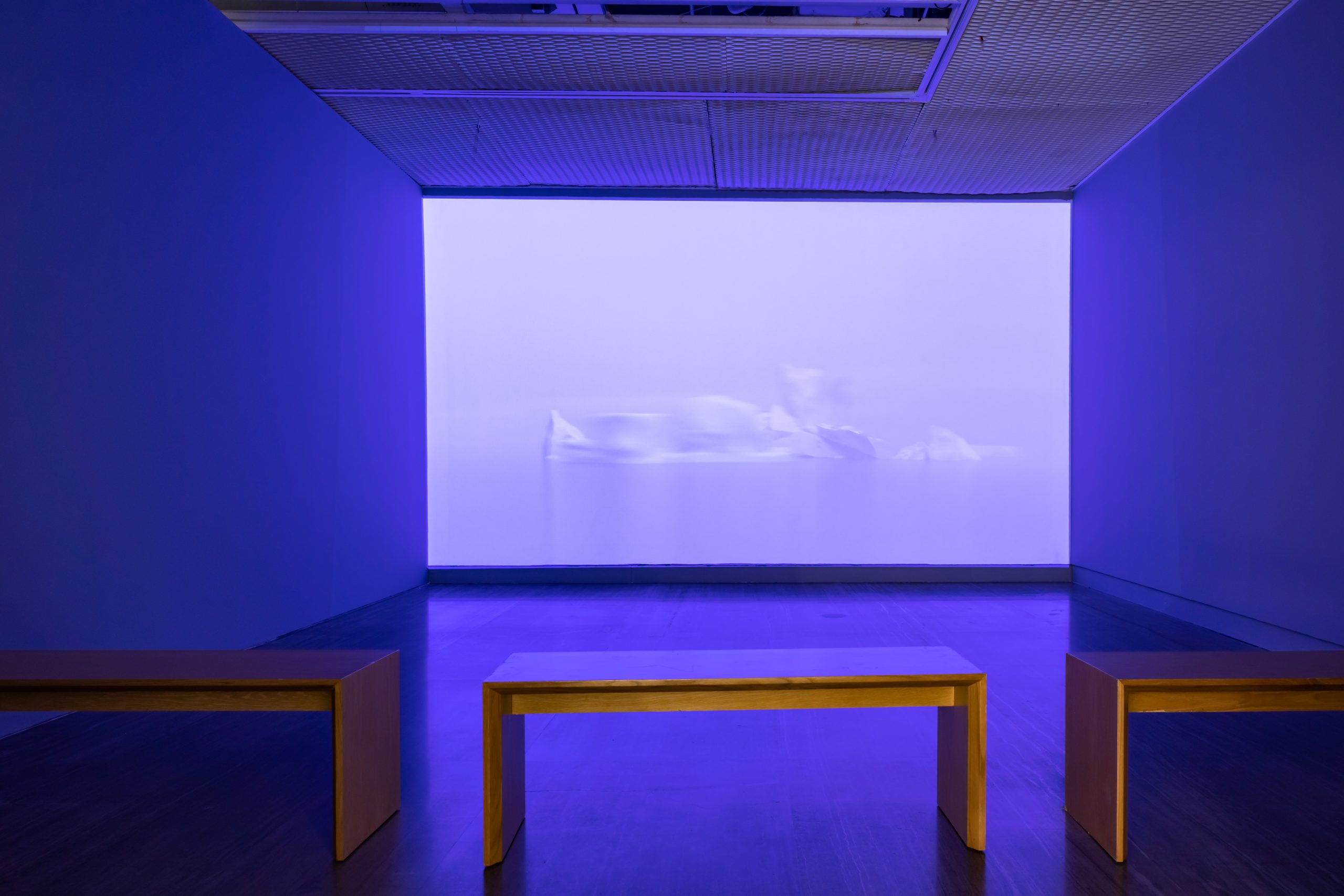
Shi Zheng, Melting in Time #1,2022, Video
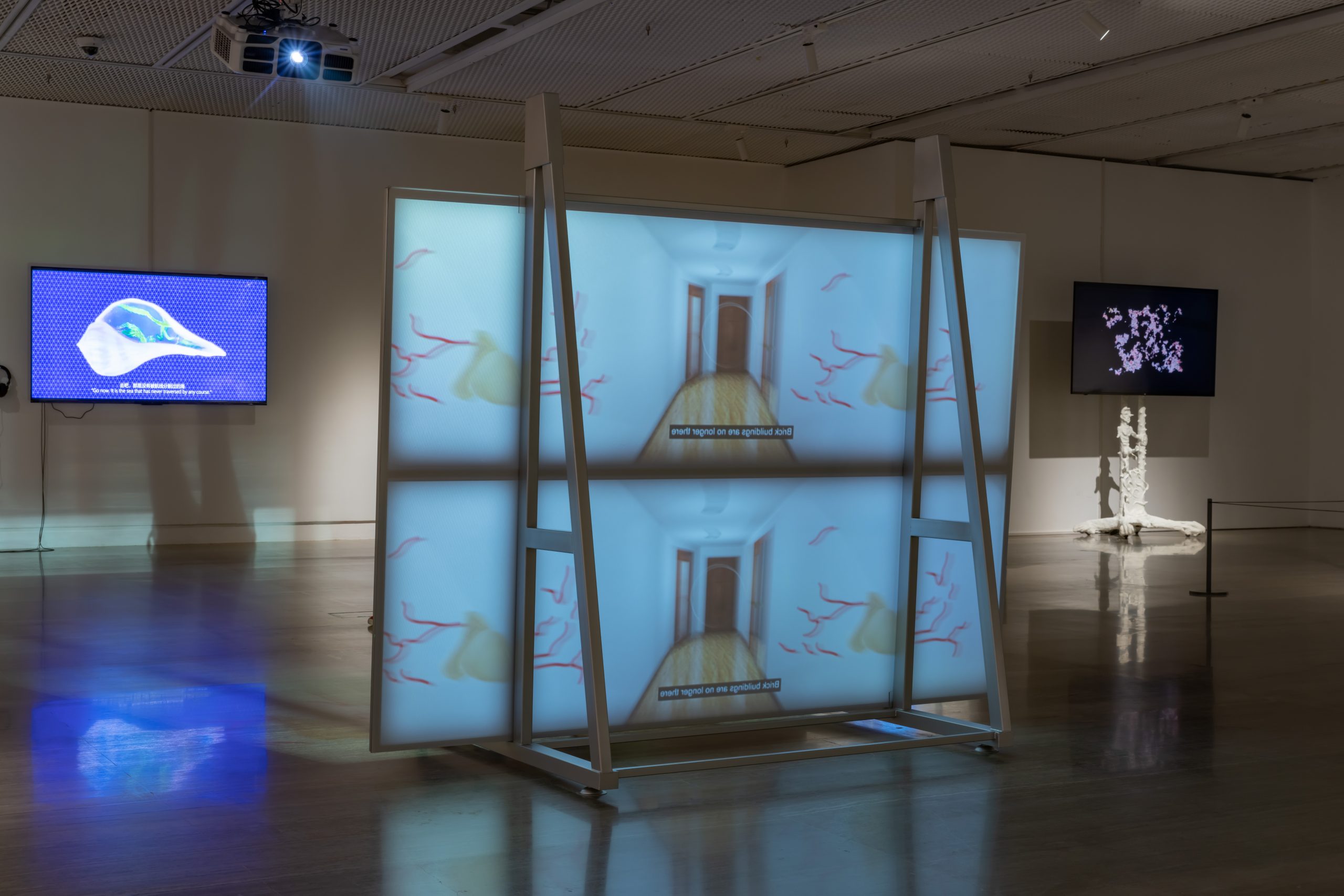
Andrea Muniáin , Reflections by Hannah Diamond, 2022
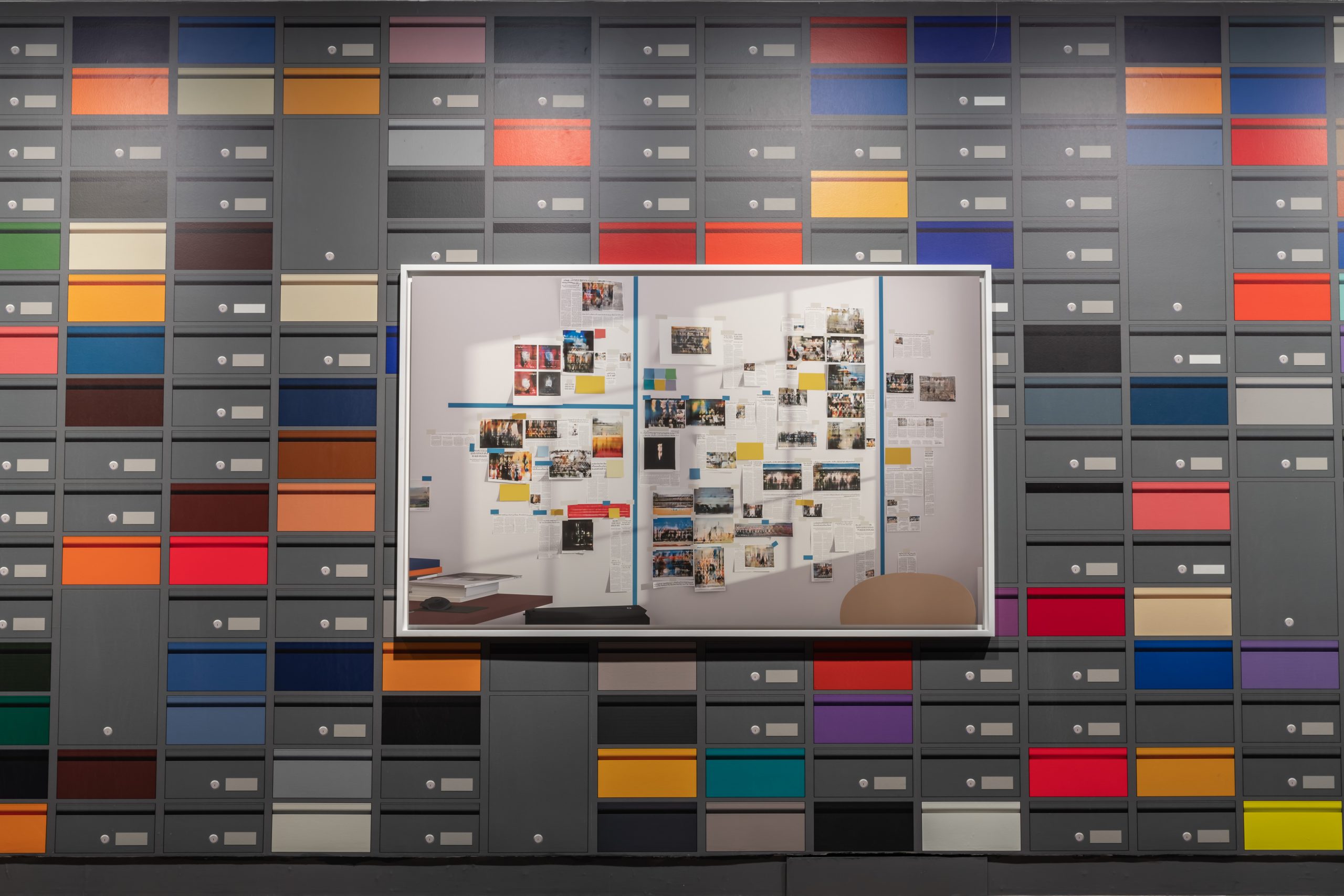
Shi Zheng, From the film set of “Alphaville #3”, 2023
In this way, the artistic practices of these featured artists can be viewed as a “Demonstration”: a demonstration of how to use technology to reflect on technology. As new technology increasingly permeates our lives, we must be wary of becoming controlled and limited by technology, but we can also use technology to broaden the imagination and engage in bold experimentation. How can we use or rely on technology to engage in practice while remaining salient of the fact that the range of the possible is defined by technology, and then find ways to transcend these limitations? This is the inspiration we can draw from the participating artists and from contemporary art. Meanwhile, these artistic practices reference experiences of life that we never had before, are currently having, or perhaps are yet to have, which are constantly pushing forward and redefining contemporary art.
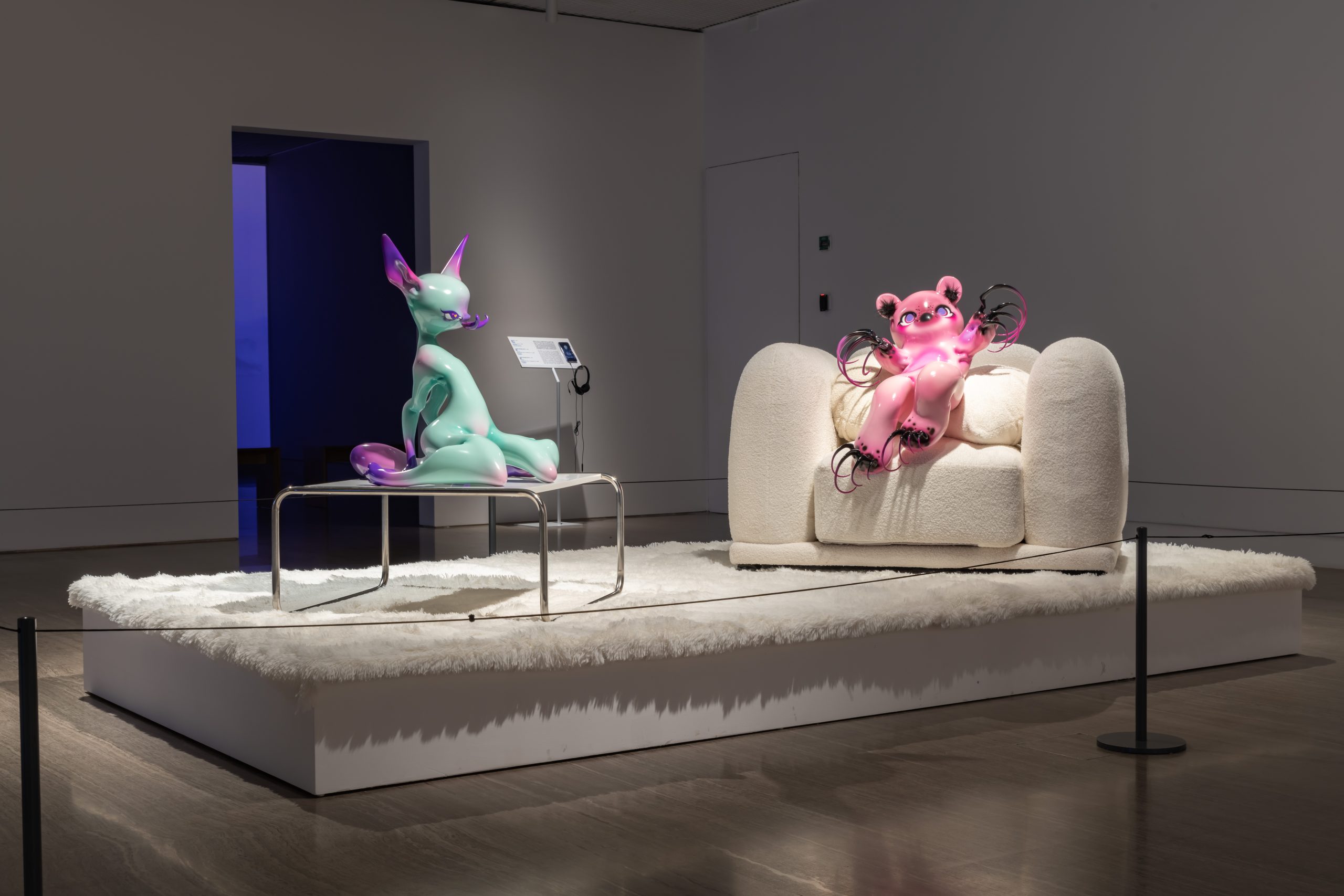
Shan Liang, Fennec,(left); Brownie Bear, (right), 2023
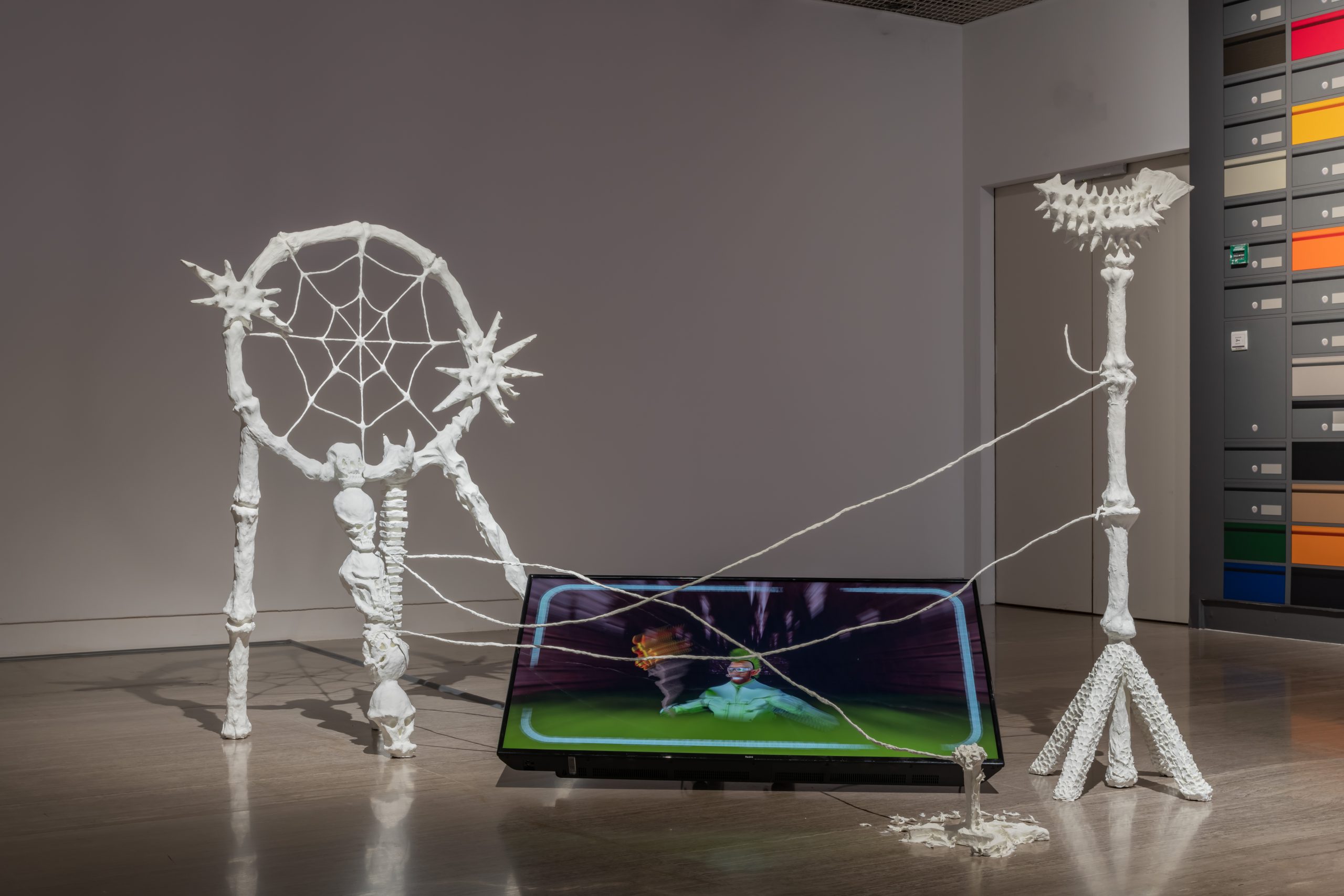
Fang Yang, Volunteer Clinic Closed, 2023, video

